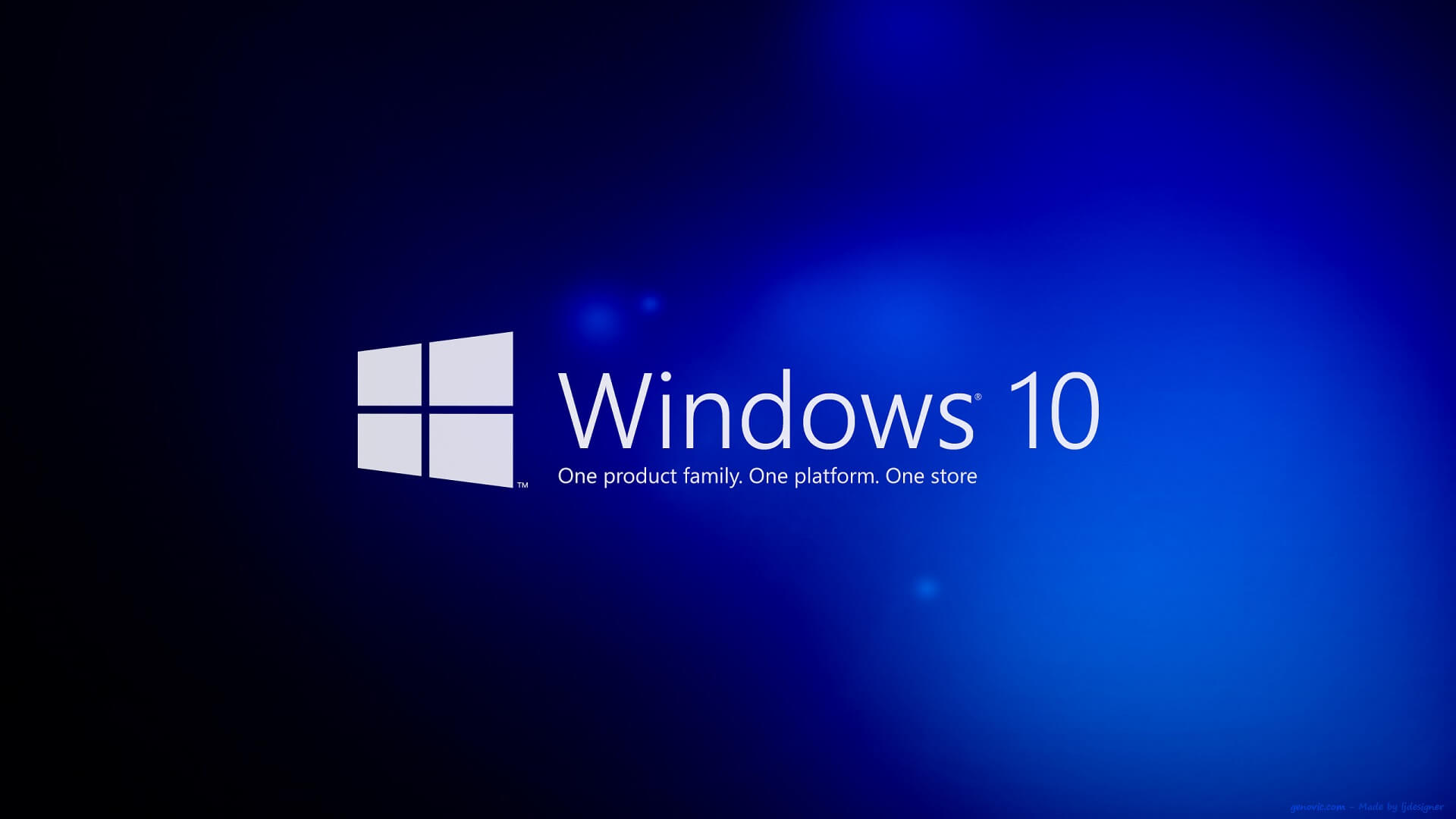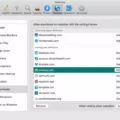Are you looking to create an image of your current Windows 10 system? If so, then you’re in the right place! In this blog post, we will explain the process of creating a system image backup on Windows 10.
Windows 10 has a built-in feature that allows users to create a “full backup” of their system drive and secondary drives (if applicable). This full backup includes Windows installation files, applications, settings, and files. With this guide, you can easily create a full system image backup on Windows 10 and restore it whenever needed.
The first step is to configure Active Directory permissions. This is done by granting administrative access to the user account that will be used for the creation of the system image. Once that is done, you can set up the Microsoft Deployment Toolkit (MDT) production deployment share. This will store all of the configuration settings related to creating a system image backup on Windows 10.
Next, add a custom image and any desired applications into the MDT production deployment share. Additionally, prepare the drivers repository so that all necessary drivers are available when creating an image.
Once everything is prepared, create a deployment task sequence that defines how and when each component should be deployed during the imaging process. Finally, configure the MDT production deployment share with all relevant settings such as network connection information and user accounts used during the imaging process.
Once everything is properly configured, you can use Windows Imaging Format (WIM) or Microsoft System Image Manager (SIM) to create an answer file from scratch or start with an existing sample answer file associated with your Windows Image. After that, you can use WIM or SIM to deploy your customized images across multiple computers quickly, easily, and reliably.
if you want to create an image of your current Windows 10 system then follow these steps: configure Active Directory permissions; set up MDT production deployment share; add custom images/applications; prepare drivers repository; create deployment task sequence; configure MDT production deployment share; use WIM or SIM to create/deploy customized images across multiple computers efficiently and reliably.

The Benefits of Windows 10 Imaging
Windows 10 imaging is a tool that allows you to back up your entire system, including Windows installation files, applications, settings, and files. This backup can be stored on an external USB drive or other storage media. It provides a complete snapshot of your system so you can restore it in case of a crash or data loss. With Windows 10 imaging, you can also back up individual parts of the system such as the registry, so that if something goes wrong with one part of your system you don’t have to restore the entire image. This is especially useful for businesses that need to be able to restore their systems quickly after an incident.
Creating a Windows 10 Image for Deployment
Creating a Windows 10 image for deployment is a multi-step process that requires several components to be configured and set up before the image can be created.
Step 1: Configure Active Directory permissions. You need to ensure that you have the appropriate permissions in Active Directory (AD) to create and deploy Windows images. This includes assigning user rights, creating security groups, and setting up organizational units (OUs).
Step 2: Set up the MDT production deployment share. Microsoft Deployment Toolkit (MDT) is used to create and deploy Windows images. To begin, install MDT on your server and create a production deployment share. This will be used to store all of the settings and files needed for deploying the image, such as applications, drivers, updates, task sequences, etc.
Step 3: Add a custom image. Once the production deployment share has been created you can add a custom image of Windows 10 that you want to deploy. This can either be an existing ISO or WIM file from another source or you can build your own custom WIM file from scratch using MDT’s tools.
Step 4: Add an application. After adding the custom image you will need to add any applications that you want to be included in your deployment packages such as Office 365 or Adobe Reader. These applications must be deployed from the MDT production deployment share so they will be included when deploying the image.
Step 5: Prepare the driver’s repository. Next, prepare a drivers repository for any hardware devices that might need special drivers when deploying your Windows 10 image such as network adapters or graphics cards. This repository should include all of the necessary drivers so they are available when needed during deployment.
Step 6: Create the deployment task sequence. Now it’s time to create a task sequence in MDT which is essentially a list of instructions that will be followed during the deployment of your new Windows 10 image on different machines such as installing applications or configuring settings like user accounts or network connections.
Step 7: Configure the MDT production deployment share Finally configure any settings in your MDT production deployment share such as enabling remote connections or setting up logging options so you can keep track of what happened during deployments of your new Windows 10 image on different machines throughout your organization.
Building a Windows 10 Image
Creating a Windows 10 image requires several steps to ensure the correct installation and configuration. Firstly, you need to obtain copies of the Windows 10 installation files, either by downloading them from Microsoft or by creating an ISO file from a physical DVD. Once you have these files, you can use Windows System Image Manager to create an answer file from scratch. This answer file will contain all the customization settings that you need for your image.
Next, you will need to select the Windows 10 image that you wish to use and associate it with the answer file using the Windows System Image Manager. After this step is complete, open a Command Prompt with administrative privileges and run the ‘dism’ command with the appropriate parameters. This will install the necessary components into your image, as specified in your answer file.
Finally, you should test your image to ensure that it is working correctly and all settings are applied as desired. Once satisfied with the result, create an ISO file of your image so that it can be deployed on other computers more easily. Follow these steps and you should have a successful build of a Windows 10 image!
The Imaging Process in Windows
The imaging process in Windows is a way of creating a backup of an entire operating system, including all system files and applications, so that it can be restored in case of system failure or when transferring to a new computer. This process is done with the Windows Imaging Format (WIM), which creates an image file of the entire system. The image file can be used to quickly restore the same version of the operating system or transfer it to another device. The image file can also be used to deploy multiple systems with the same configuration. This makes large-scale deployment easier and more efficient.
Does Windows 10 Include Imaging Software?
Yes, Windows 10 has a built-in imaging software called Backup and Restore. This software allows you to create a system image or backup files and folders so that they can be restored in the event of a system failure. To use this feature, open the Start Menu, type in “Backup and Restore” and then select it from the list of results. This will open up the Backup and Restore window where you can configure your backup settings. You can choose which files or folders to back up as well as how often they should be backed up. The backup can also be performed manually when desired. Once you have configured your backups, Windows 10 will automatically take care of the rest!
Is Creating a Bootable Windows 10 System Image Possible?
Yes, a Windows 10 system image is bootable. System images created by third-party software contain the partition metadata and other data required to boot the operating system. To boot from a system image, you’ll need to access your computer’s BIOS or UEFI settings and set it to boot from the external drive that contains the system image. Once the computer has been configured to boot from the external drive, it will automatically load and run the operating system that was backed up in the system image.
Conclusion
In conclusion, Windows 10 imaging is a powerful tool for backing up and restoring system files. It enables users to create a full backup of their computer, including Windows installation files, applications, settings, and files. To be able to use this feature, you need to configure Active Directory permissions, set up the MDT production deployment share, add a custom image and applications, prepare the drivers repository, and create a deployment task sequence. Furthermore, Windows Imaging Format (WIM) is used for creating and distributing disk image files. With all these features combined together, Windows 10 imaging provides an efficient and reliable way of backing up your system data.








